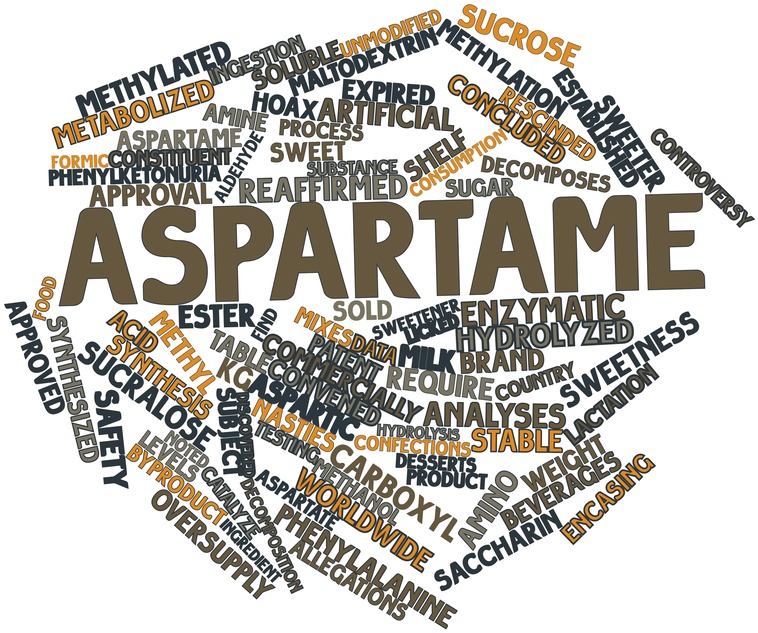
The grocery store can be a daunting place which can overwhelm the savviest of shoppers. Packages that say one thing on the back but another on the front can be confusing and frustrating, so for the next few weeks, we are going to discuss how to decode a label and look for certain items on them that can get in the way of our health and weight goals. Our mission is to make weight loss less of a struggle, so teaching you how to read a label helps you to accomplish that goal.
We have talked in many articles before how the chemicals in processed foods overtax the liver and get in the way of weight loss. When the liver is overburdened with these chemicals, its first line of defense is detox, to keep you safe. If it is so busy keeping you safe, it will not get a chance to complete its other function which is to process lipids, or fat loss from the body.
In a perfect world, we would all eat whole foods and nothing else. The goal of this program is to move you in that direction, but it is important to know what to look for on a label when the occasion comes to read them.
Today, we are going to be outlining two major hidden metabolic disruptors that are very common in packaged foods, even when you don’t know they are there, MSG and ARTIFICIAL SWEETENERS.
MSG and artificial sweetener are in a class called excitotoxins. These chemicals are added to foods to enhance the flavor and give our brains a feeling of “excitement” that whole foods do not provide. They increase our cravings for sugary, salty, and fatty foods and actually make us crave that particular food more and eat more of it. We can experience increased appetite and decreased ability to stop eating (disrupted leptin and ghrelin as discussed in previous articles) for up to 72 hours after ingestion.
- Studies show that eating these additives hijacks the hypothalamus and leads to endocrine disruption. As hormones control most of our metabolic functions, eating these foods can throw all of them into a disrupted state making weight loss more challenging than it needs to be. Studies show that “Consistently, animals exposed to MSG were found to be short, grossly obese, and had difficulty with sexual reproduction.” When MSG was the only factor changed, this was the result. Making the simple change to remove MSG and artificial sweetener from our diets can make a HUGE SHIFT in our metabolic functioning.
These items can hide in sneaky places, so always look carefully. This is just a short list but a good place to start. Some common places are:
- Cereals (especially Fiber One)
- Protein shakes and bars
- Packaged dinners like Hamburger Helper (and many others)
- Snack foods like Doritos, Cheetos, and Funyuns
- Salted, Flavored nuts (like almonds)
- Lipton onion soup mix and some other packaged seasoning mixes (McCormick has no added MSG)
- Dressings, especially ranch and Caesar
- Chick Fil A chicken sandwich
- Seasonings at most restaurants though you can often check the allergen menus
To wrap this up, whole foods are always best but it is important to look carefully at labels when choosing packaged foods. Remember that MSG and artificial sweeteners get in the way of weight loss by upsetting your hormonal balance, causing cravings, and decreasing the metabolism. Yes, the foods may taste good, but they are causing you frustration in the long run.

STEP(S) FOR THIS WEEK:
- Go through your pantry and look for hidden sources of MSG and artificial sweetener.
- Print off the list above and take it with you next time you go to the grocery store. Avoid buying items that contain these additives.